When I held it for the first time, I immediately understood that the Springfield Armory Hellcat Pro was created with real-world defense needs in mind. The Hellcat Pro unites the benefits of concealed carry with full-size pistol performance by having a thin design, yet still holding 15+1 rounds with flush-fit magazines. In addition, it features a slide designed for mounting optics.
However, a firearm represents only one essential component for complete effectiveness. The Hellcat Pro is a defensive tool only when its concealed carrier demonstrates equal commitment to choosing proper holsters, developing efficient draw methods, and maintaining consistent training practices.
Through both law enforcement duties and civilian concealed carry experience, I have gained knowledge that proves these essential elements need to function together seamlessly to be effective.
This article will guide you through my personal Hellcat Pro carry set-up and outline my preferred drawing methods. I will also share training exercises that support and sustain my proficiency.
[Read more about the Hellcat Pro in Massad Ayoob’s review.]
Holster Selection
The most effective holster choice combines comfort and concealment capabilities with rapid accessibility. I have tested several brands and carry positions with my Hellcat Pro. My personal conclusion? I use either an inside-the-waistband (IWB) holster at 3 to 4 o’clock, or an appendix inside the waistband (AIWB) position.
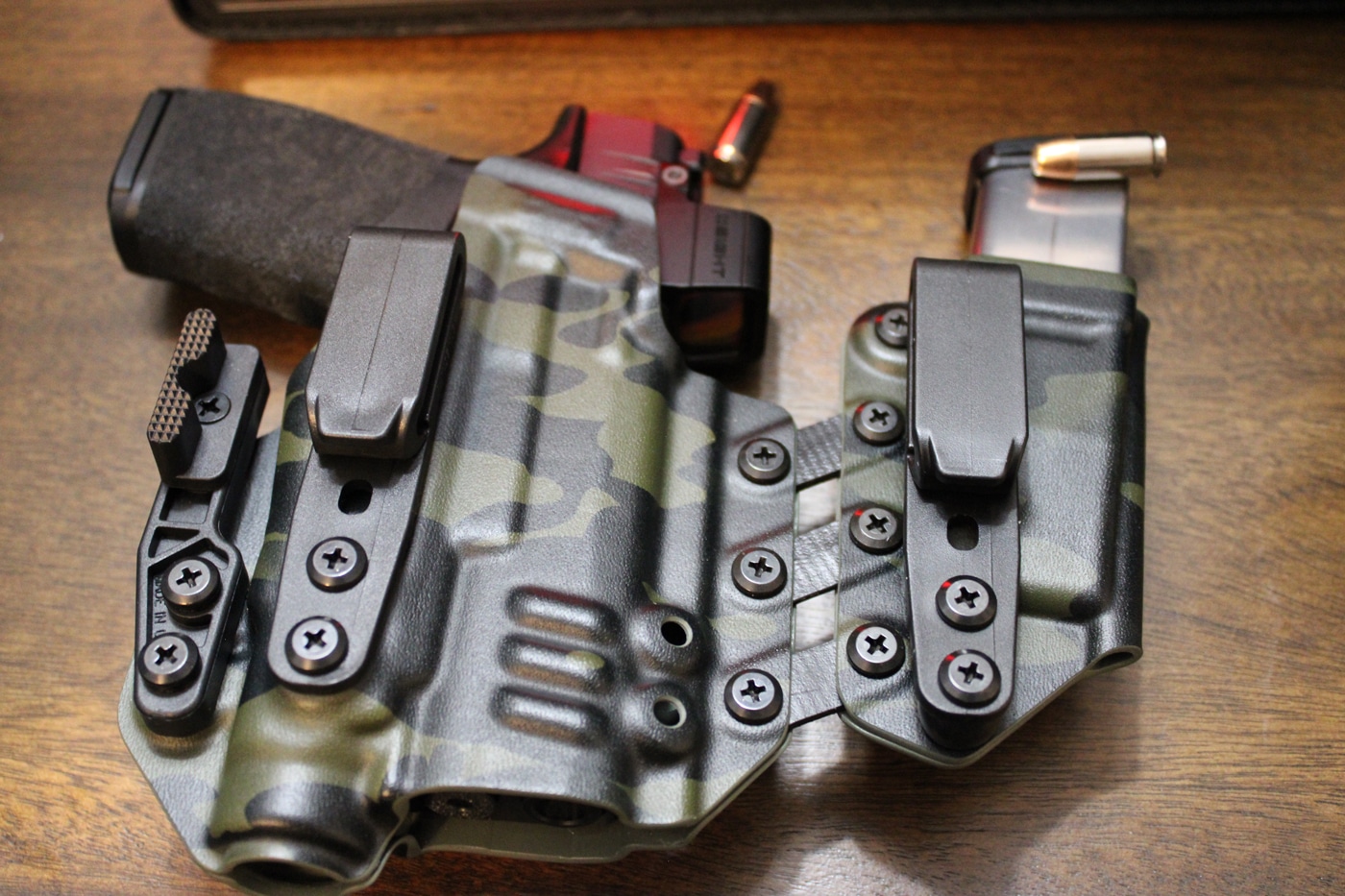
Appendix Carry offers rapid accessibility. My current preferred holster is a Black Arch Entrada AIWB model equipped with a claw and wedge. These design elements are specifically crafted to tuck the grip of the firearm inward, which significantly helps to minimize printing, making the outline of the firearm less visible under clothing. As noted, my favorite option in this category is the Black Arch Entrada, known for its comfort and versatility.
The AIWB position offers several advantages, including smoother and more natural draw movements. This positioning allows for quick and uncomplicated access to the firearm, requiring minimal shoulder rotation. As a result, it not only enhances my ability to reach for my firearm swiftly, but also reduces the visibility of my body’s movements while doing so, making it an excellent choice for concealed carry.
Strong-Side Alternative
People who experience discomfort with appendix carry can use strong-side inside-the-waistband (IWB) holsters as an excellent alternative for concealed carry because they provide easy access during firearm draws.
Strong-side IWB holsters provide traditional draw strokes for concealed carry. I believe a holster for concealed carry should include dual belt clips for stability and adjustable cant, together with a sweat guard to prevent the slide from touching your skin.
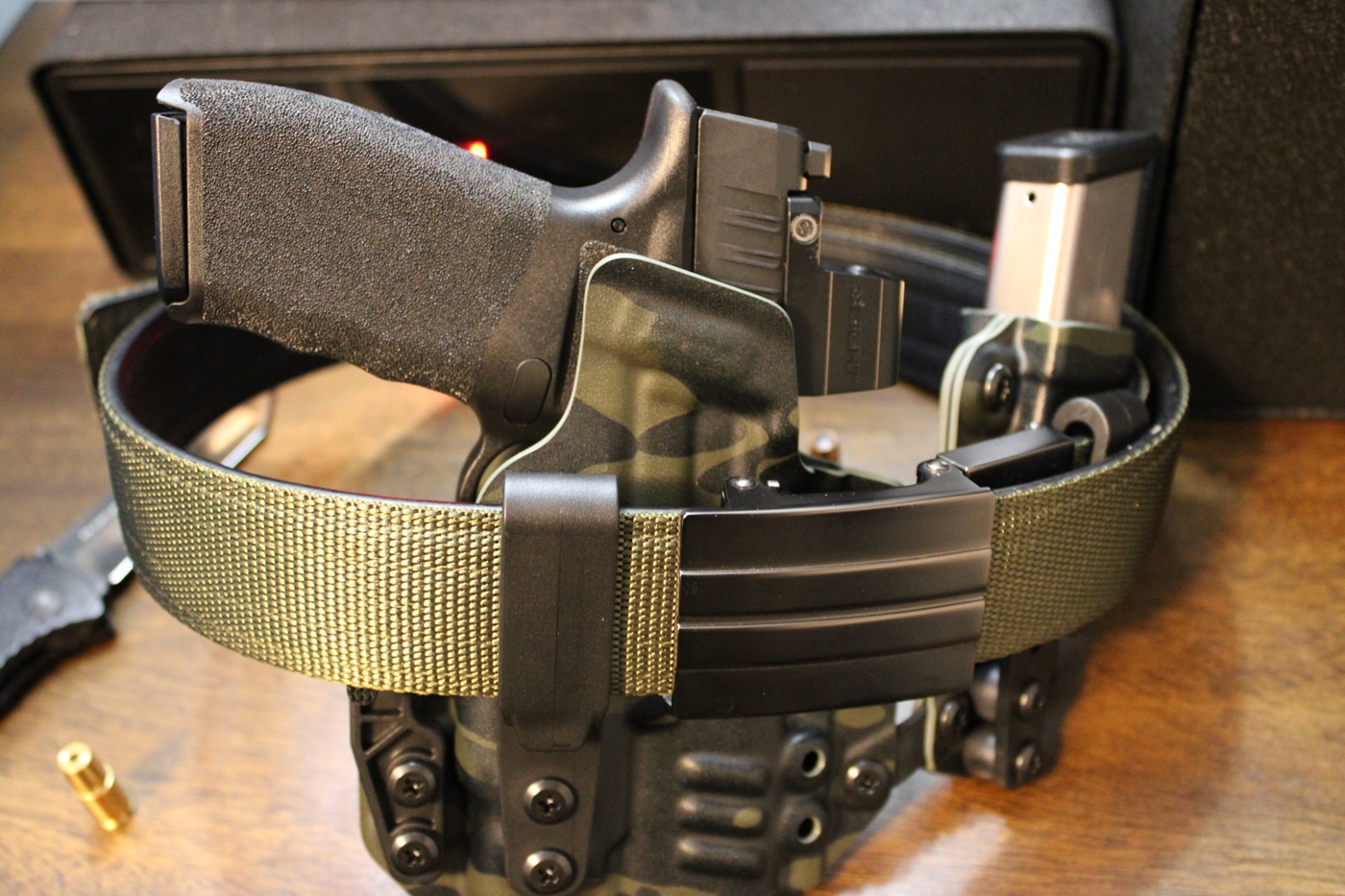
Selecting the right holster requires attention to specific features that enhance both functionality and comfort. Select a holster that features either dual clips or a single metal “Monoblock” clip. The clips offer enhanced stability because they create a secure hold of the holster, which prevents unwanted movement when you are active or moving. The stability of the holster is vital because it maintains the firearm in its intended position, which enables reliable and consistent draws.
An adjustable cant is another essential feature. The adjustable cant enables you to customize the holster angle according to your draw style, which results in smooth and efficient access to your firearm. The ability to adjust the holster position between vertical and forward-tilted angles enhances both comfort and operational effectiveness.
I believe a holster with a sweat guard feature should also be your priority during selection. The protective barrier of this feature prevents the slide of your firearm from touching your skin, thus reducing skin discomfort from prolonged contact. The sweat guard prevents moisture accumulation, which maintains firearm security while protecting it from sweat during hot or physically demanding situations.
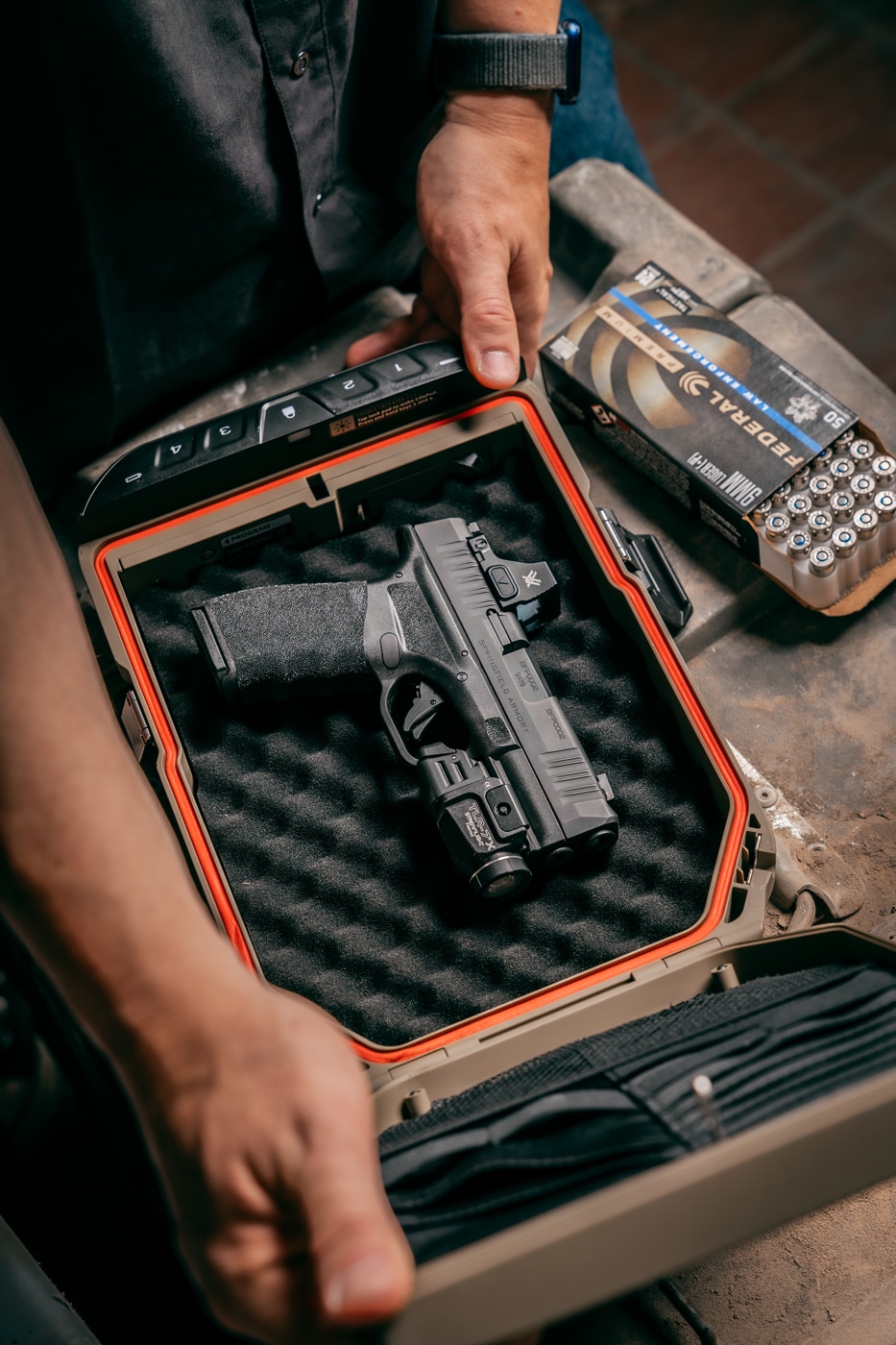
A strong-side IWB holster with these features will provide you with a comfortable and practical concealed carry solution that matches your needs.
Features to Prioritize
- Trigger guard coverage: NO EXCEPTIONS.
- Adjustable retention: Dial in the draw tension to your preference.
- Claw attachment: Helps with concealment, especially in AIWB.
- Foam/Rubber Wedge: A proper wedge helps to push the firearm closer to the body, thus reducing pressure and enhancing comfort.
- Modular compatibility: When using a red dot sight, make sure that you select a holster that supports your specific model.
- Quality material: Kydex is a go-to for a reason — rigid, secure, and consistent.
Holster owners should match their handgun with a belt specifically designed for everyday carry. I use the Kore Essentials EDC belt, which provides both structural support and a low-profile buckle. The wrong belt choice can cause your holster to rise completely out of your waistband, which is not ideal.
Bonus tip? A well-built gun belt prevents your draw from causing the entire holster to move upward, which I have observed occurs frequently during range practice.
Mastering the Draw
Being capable of a skilled draw from a holster is truly important. Every movement matters, especially in the stress of a defensive encounter. I base my drawing motion on maintaining consistency and using the least amount of movement possible.
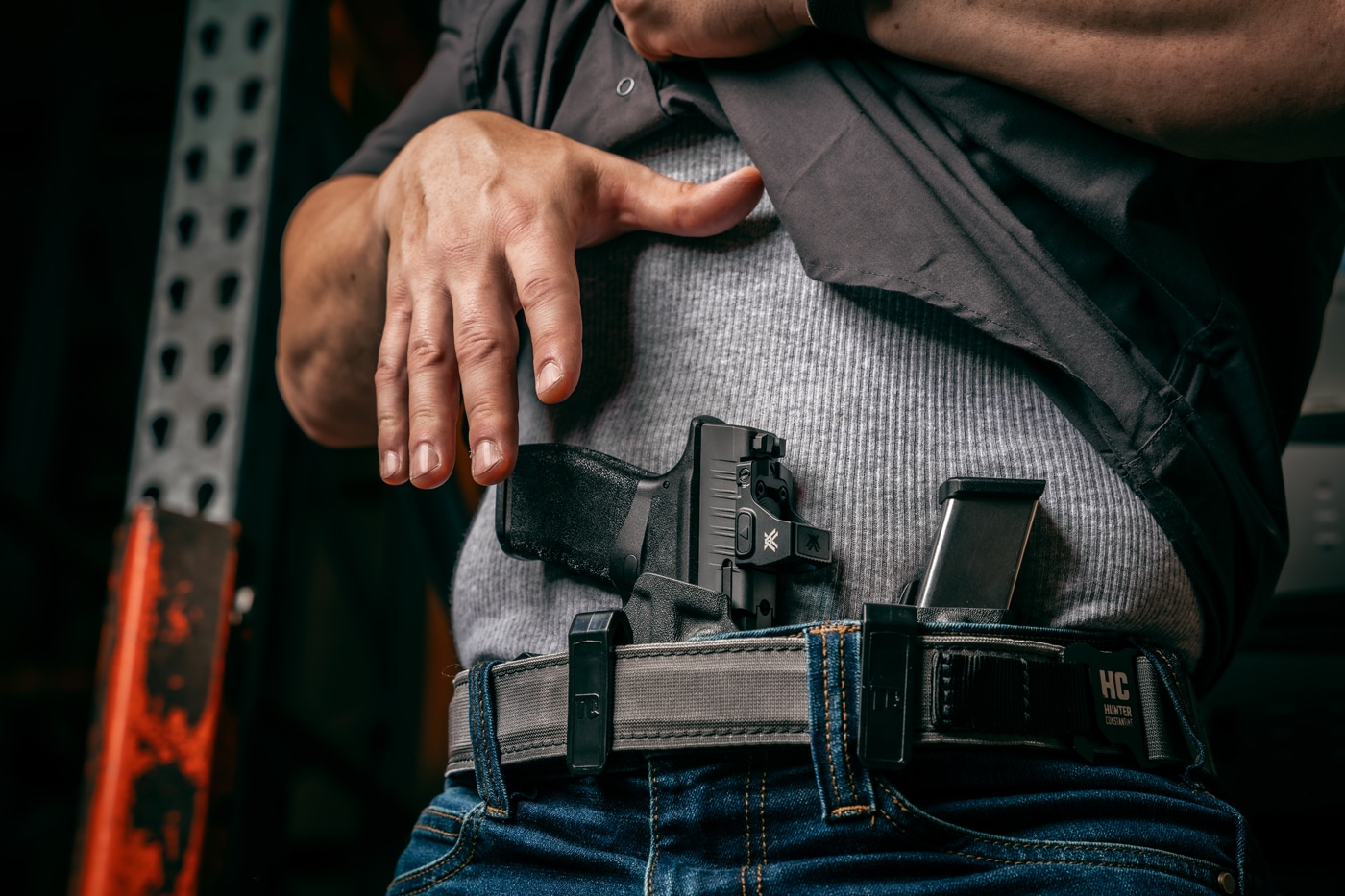
My personal AIWB drawing sequence includes the following steps:
- Establish grip: My strong hand applies aggressive downward pressure to create a complete firing grip. I place my thumb in the correct position to wrap around the gun after clearing the holster.
- Vertical movement to clear the holster: I raise the gun straight up until the muzzle exits the Kydex. The vertical movement helps the gun slide past clothing and equipment without getting stuck.
- Horizontal position (“muzzle up”): I orient the gun toward the target at close range while keeping it near my body. The second position represents my retention position, where I stand ready to use the gun at close range if needed.
- Extend, and marry hands: My support hand joins, and then my thumbs take a strong forward positioning as the pistol moves forward.
- Drive to full extension and break the shot: The sights or dot aligns, and my trigger press has begun at this point.
Three Tips for a Faster Draw
- Clear your cover garment with authority — don’t be gentle.
- Keep your elbow tight to your ribs during the initial lift.
- Avoid “fishing” for your grip. Practice until you find it instantly.
The objective for both effective AIWB and strong-side carry is to achieve a reliable movement that transforms movement of the pistol from concealment into the first shot. Speed originates from performing tasks efficiently instead of acting hastily.
Training Drills
While the Hellcat Pro serves as an excellent foundation, a necessary next step is to develop proper muscle memory. Building that muscle memory is another. My training includes the essential drills, which help me maintain proficiency so I can deploy my concealed carry weapon effectively in case of need.
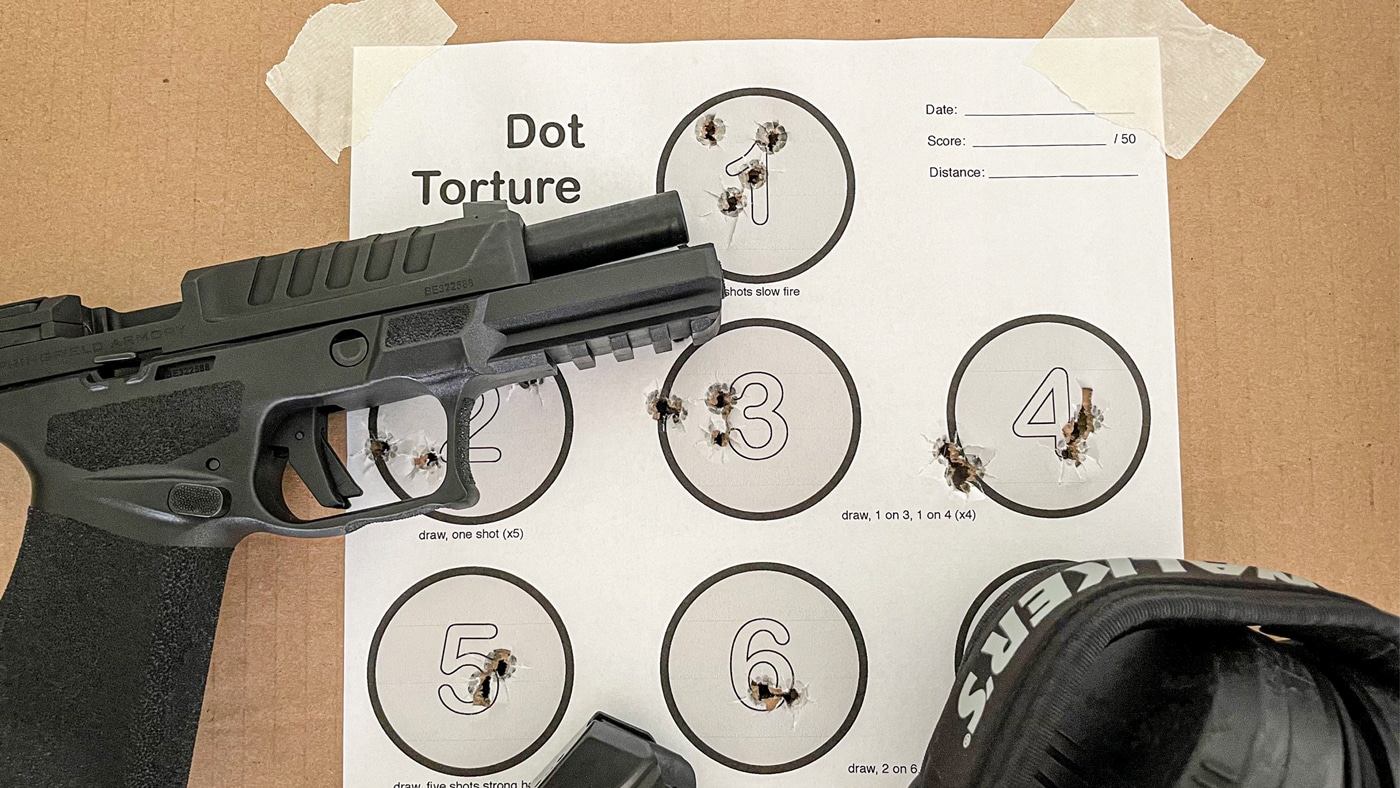
Dry Fire: Dry fire is where you lay your foundation, and should take 10-15 minutes, daily. My training tools include the Mantis Laser Academy System and Dry Fire Mag, together with a laser cartridge for dry fire sessions. Always, always, always make sure you are using an unloaded firearm and are pointing it in a safe direction.
Draw and Press: Cleanly draw from concealment until reaching a dry trigger press position. You can enhance your performance with splits or kinetic par timer applications.
Your training should focus on rapid dot acquisition when using a red dot sight. The Hellcat Pro’s optics-ready slide works well with the RMSc-footprint optics like the Vortex Defender-CCW, and developing “dot comes to eyes” proficiency stands as a fundamental requirement.
The Wall Drill: Requires users to extend the empty gun towards an empty wall before slowly pulling the trigger without moving their sights. The drill helps you develop your grip strength and trigger management skills.
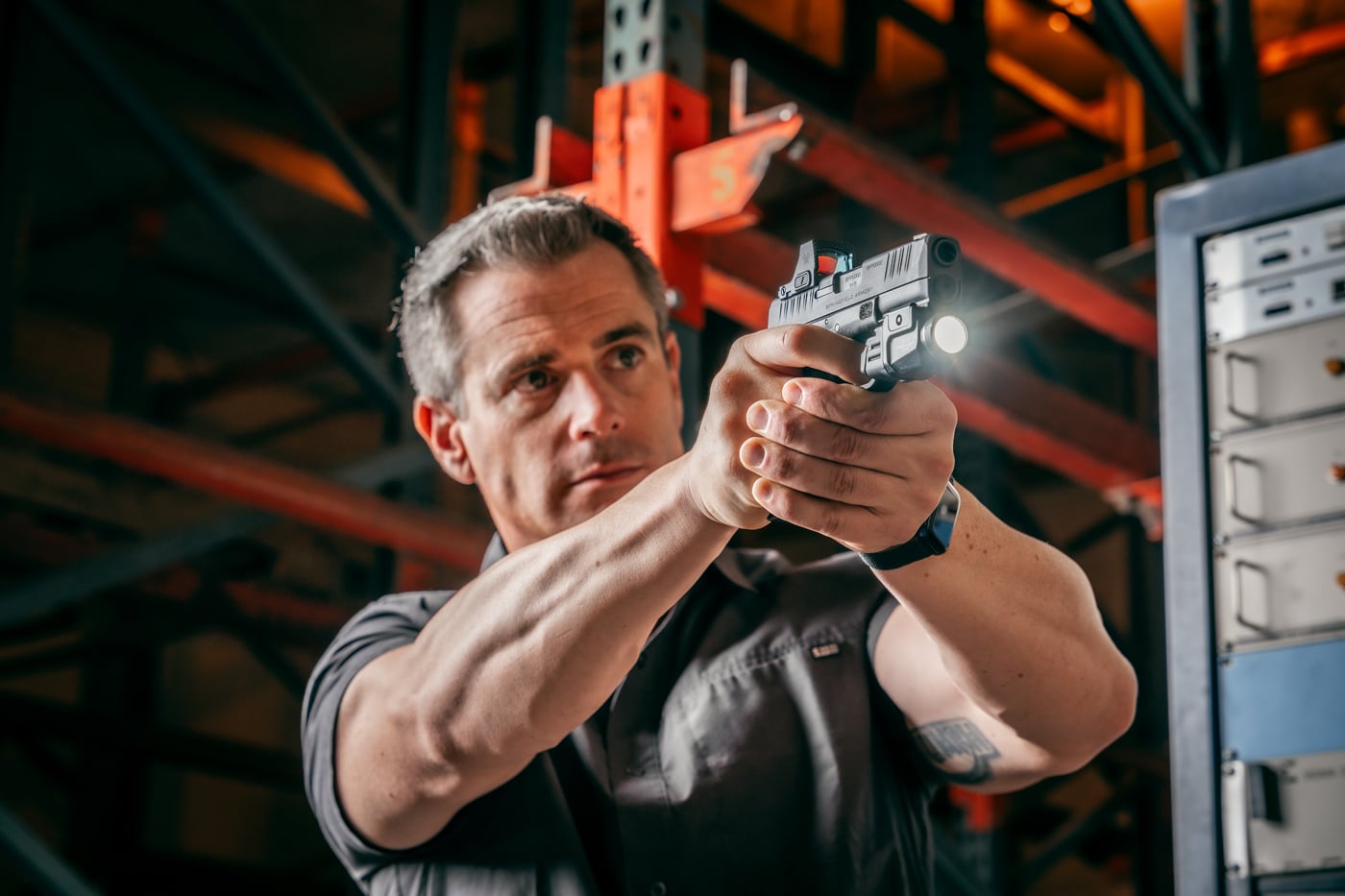
The exercise requires you to draw your concealed pistol while performing a dry trigger press. You should use the splits or kinetic par timer app to increase the training pressure.
Live-Fire Drills: Can be done weekly or bi-weekly.
1R1 Drill: One shot, reload, one shot. Tests mag changes speed and grip re-establishment. Start from concealment.
Bill Drill: Six rounds at seven yards. From the holster, fire six rounds into an A-zone as fast as you can while maintaining acceptable accuracy.
Failure Drill: Two to the body, one to the head of a silhouette target.
Classic Defensive Drill: From concealment, aim for a quick transition between large and small targets.
Dot Torture Test: Target-focused control. This 50-round drill emphasizes accuracy, trigger discipline, and consistency — all critical skills.
Movement Integration: Practice drawing the gun while moving to the side or diagonal directions. Most defensive situations will not keep people in one spot.
Train with Purpose
The Hellcat Pro is an exceptional firearm for concealed carry. It’s compact yet capable, rugged yet refined. But a gun alone doesn’t guarantee your safety. It’s your training, your mindset and your gear that create a complete system of self-defense.
I encourage every CCW holder to do more than just carry daily — train with purpose. Choose a holster that works with your lifestyle, refine your draw until it’s second nature, and commit to regular dry and live fire drills. Tools like the Mantis Laser System or Dry Fire Mag can elevate your training, even when range time is limited.
The more you train with your Hellcat Pro, the more it becomes an extension of you — not just a tool, but a lifeline in a moment of need. Carry with confidence, and more importantly, carry with competence.
Editor’s Note: Please be sure to check out The Armory Life Forum, where you can comment about our daily articles, as well as just talk guns and gear. Click the “Go To Forum Thread” link below to jump in and discuss this article and much more!
Join the Discussion
Featured in this article
Read the full article here


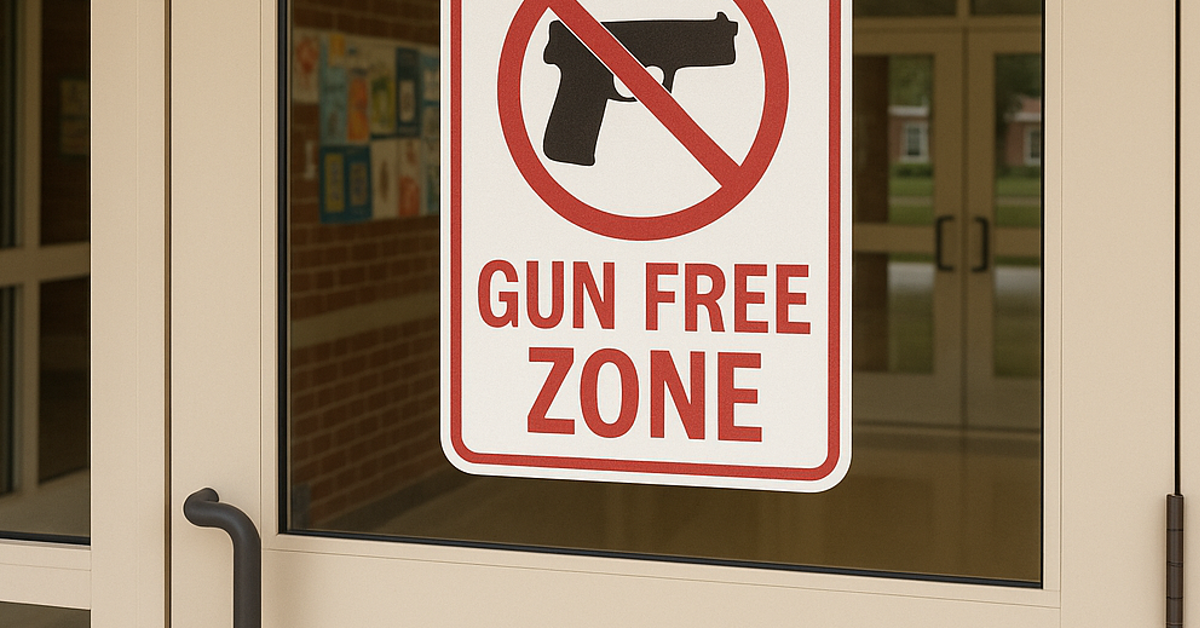

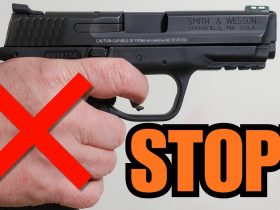
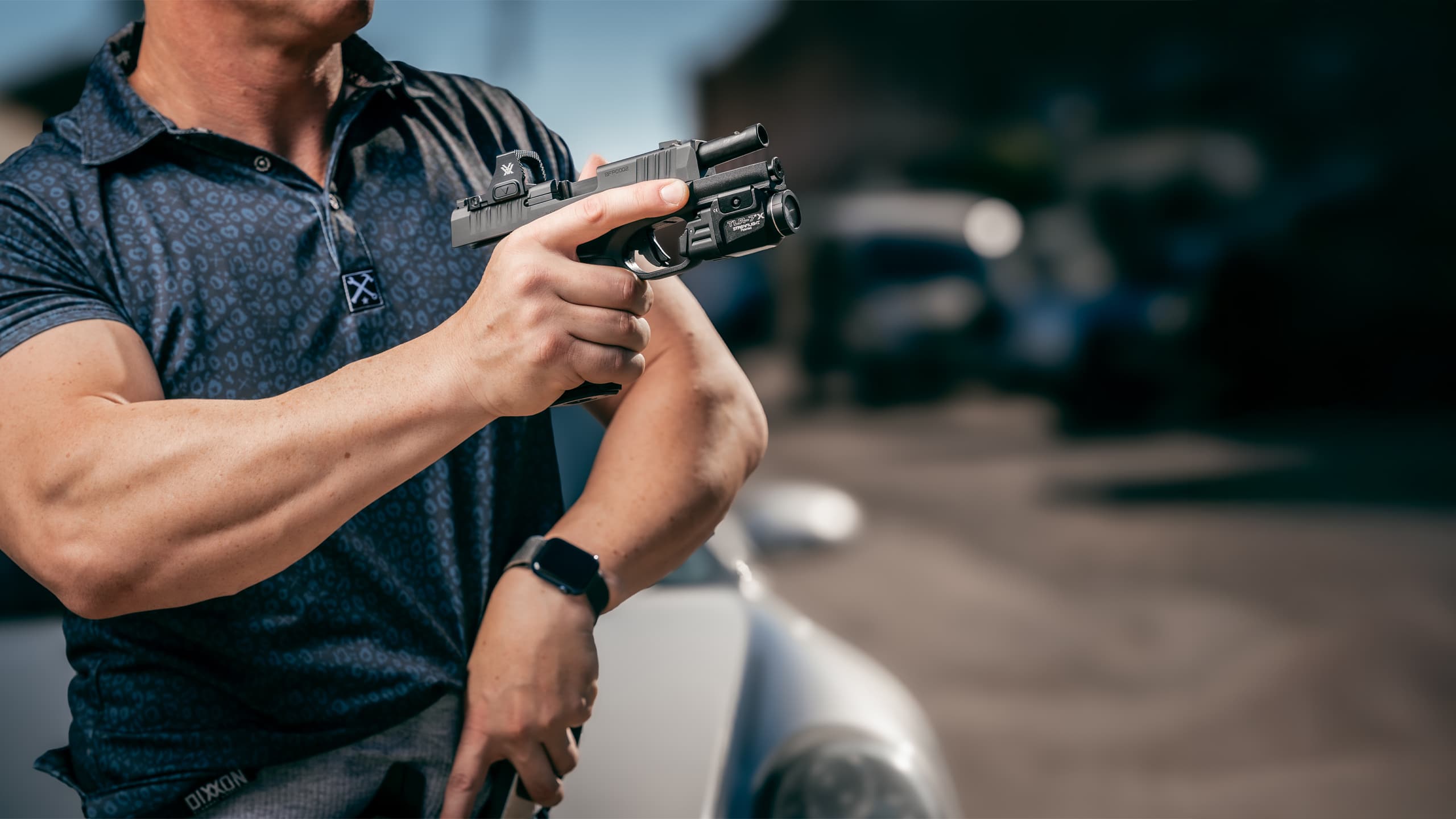
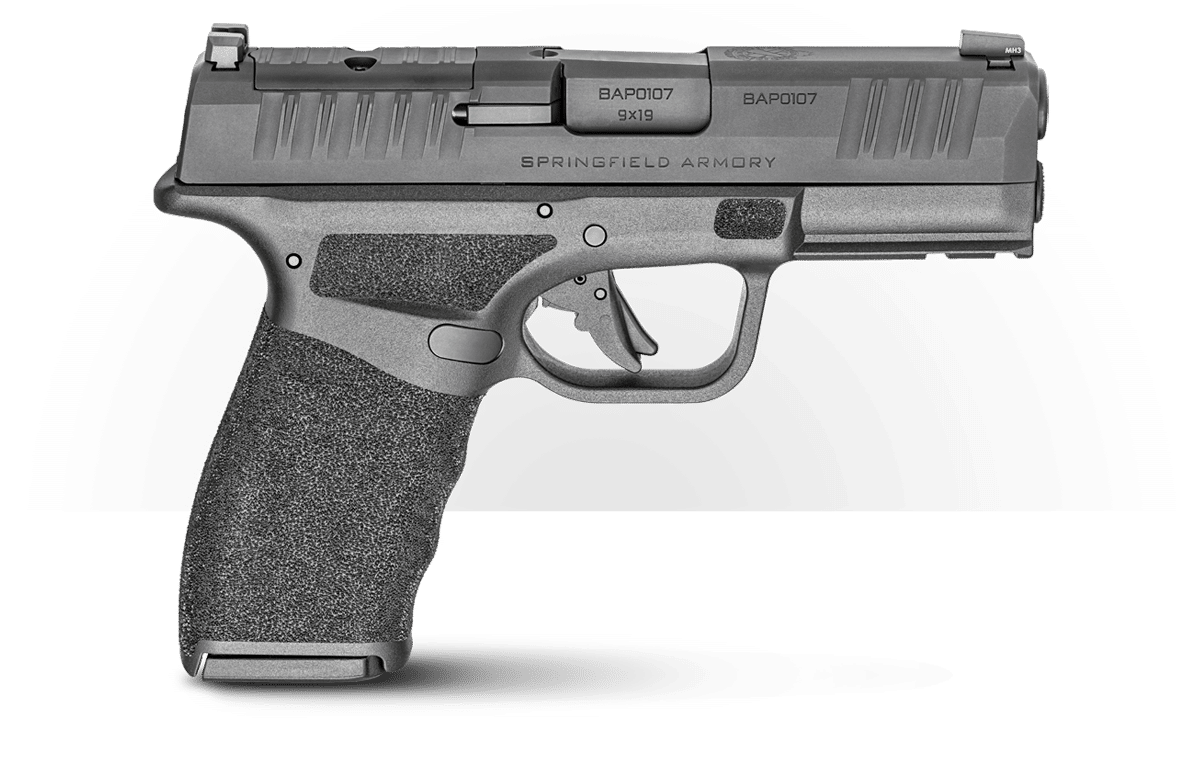
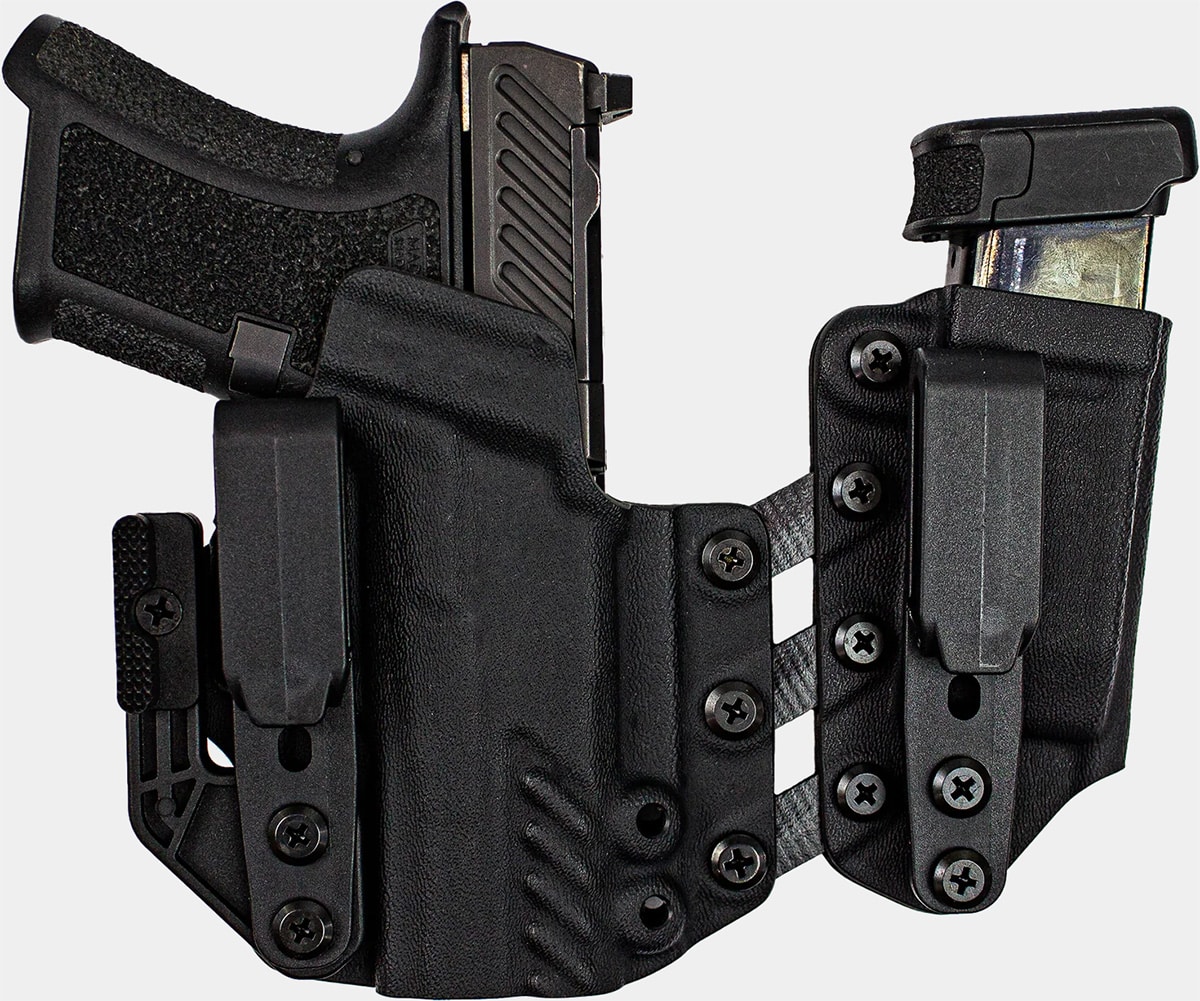
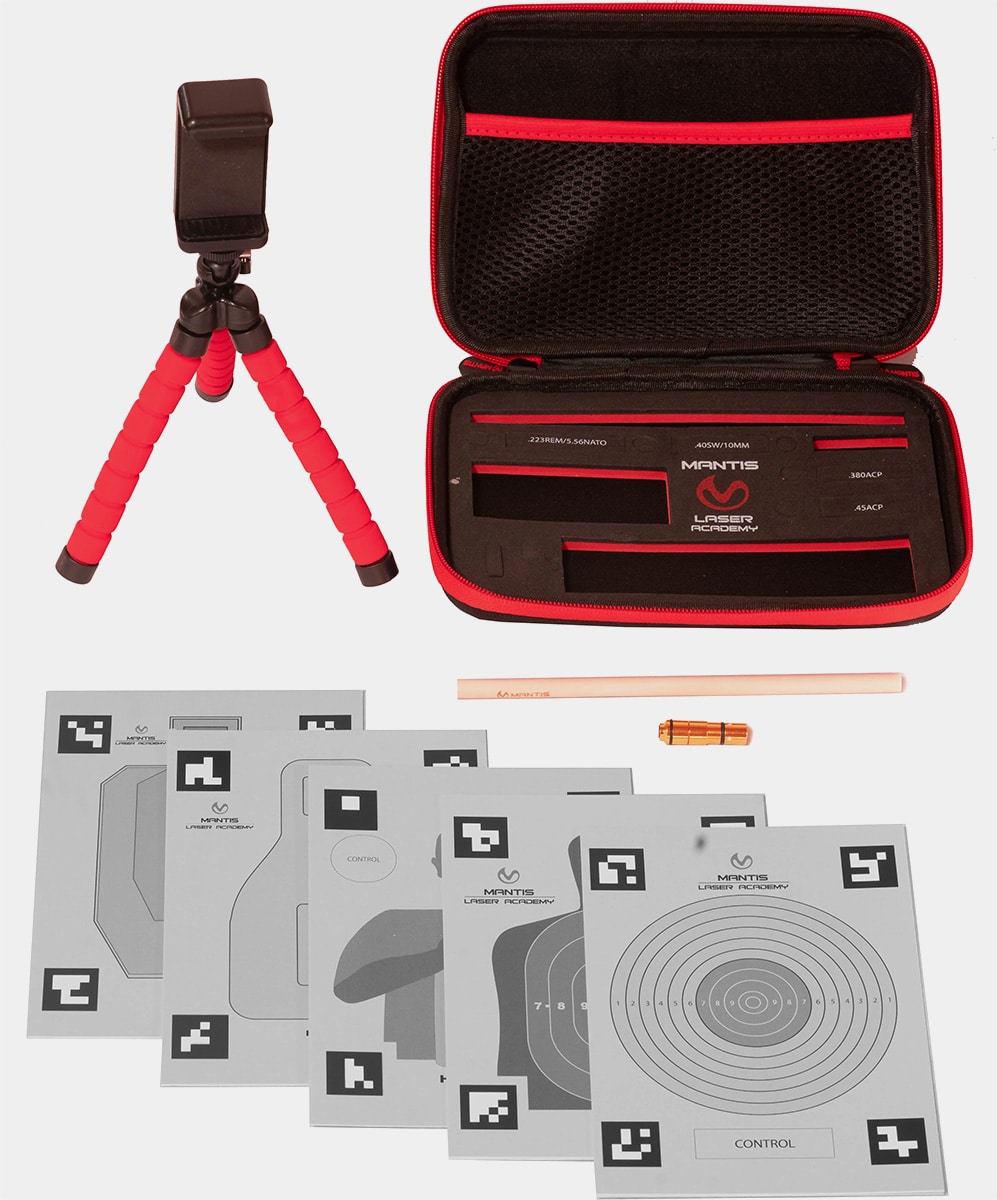

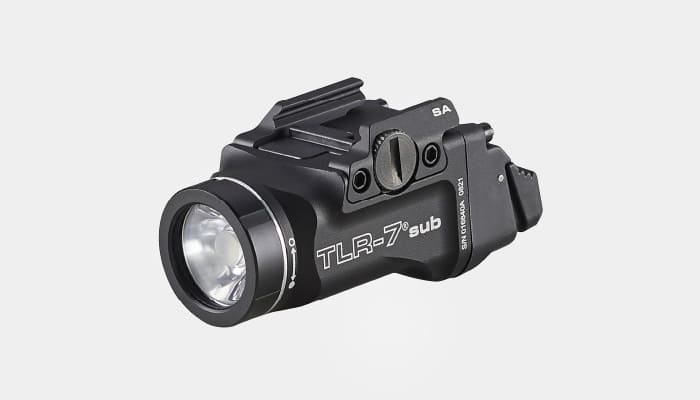

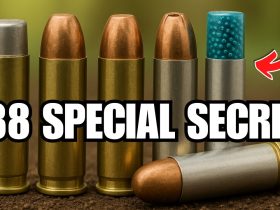







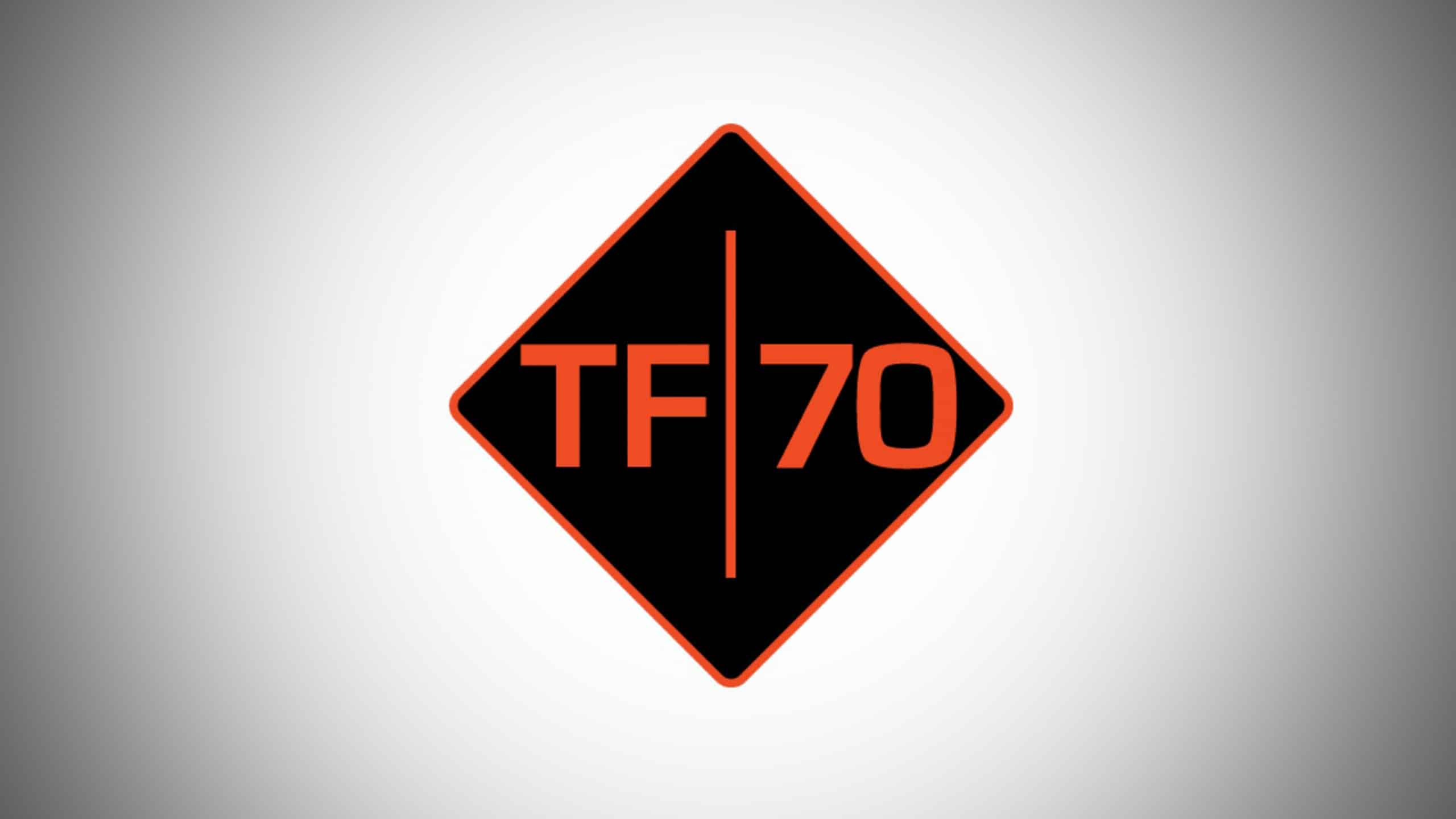
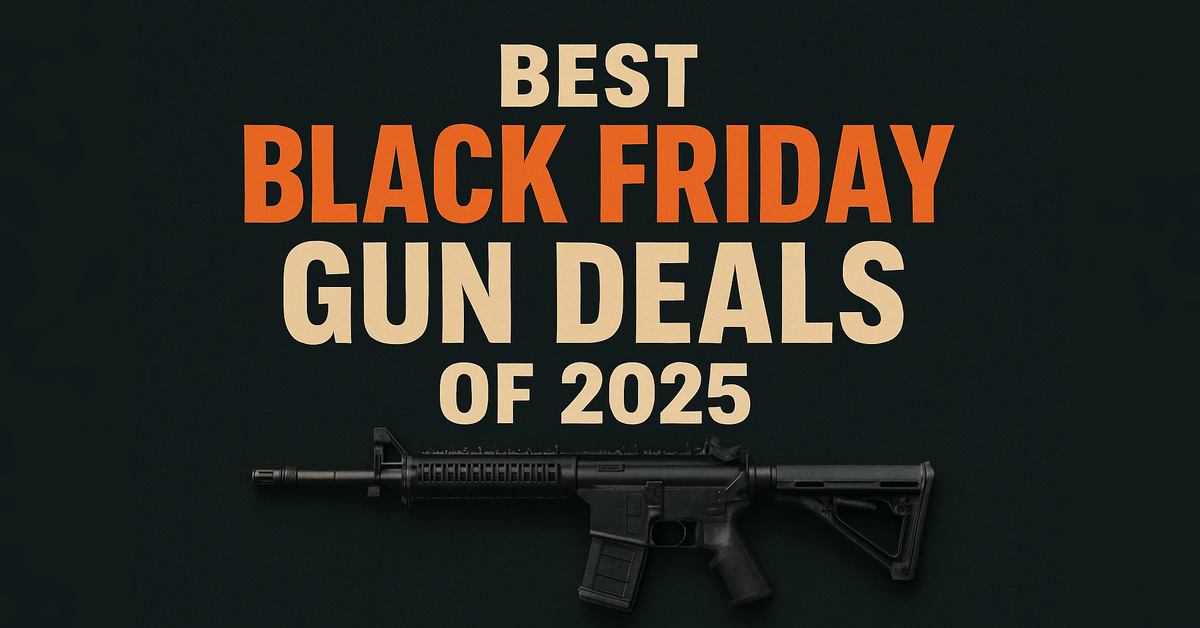
Leave a Reply